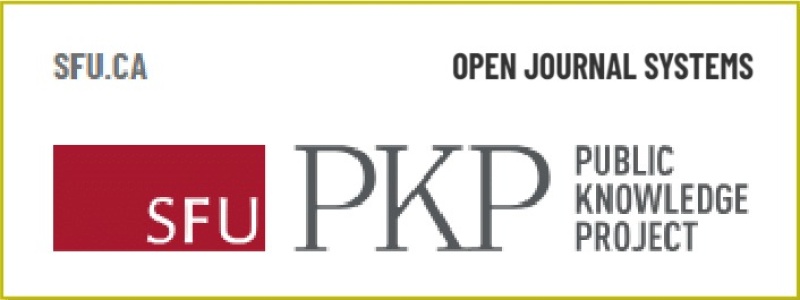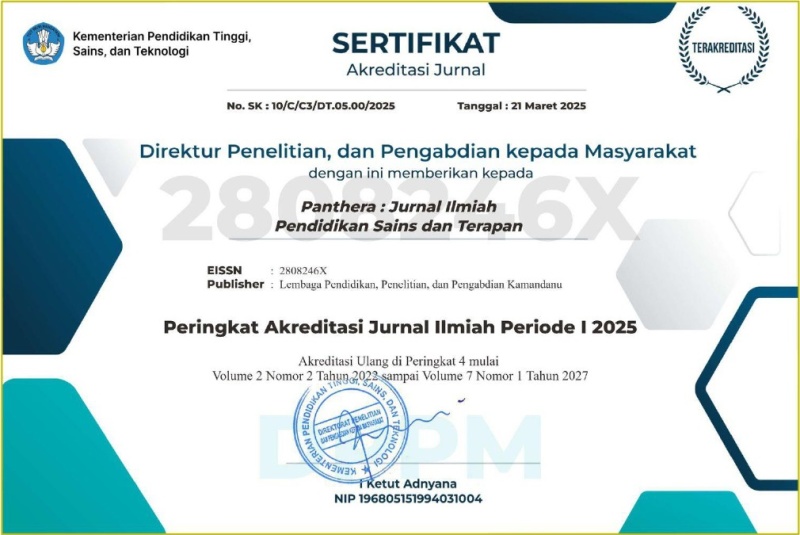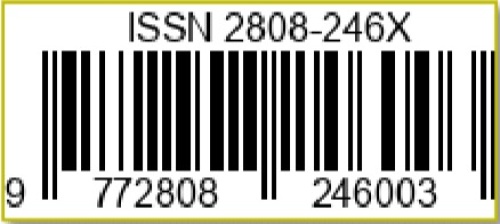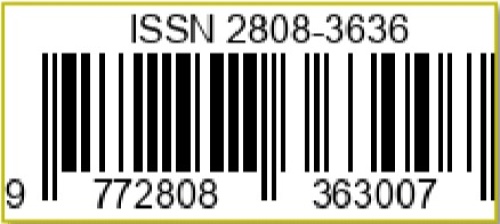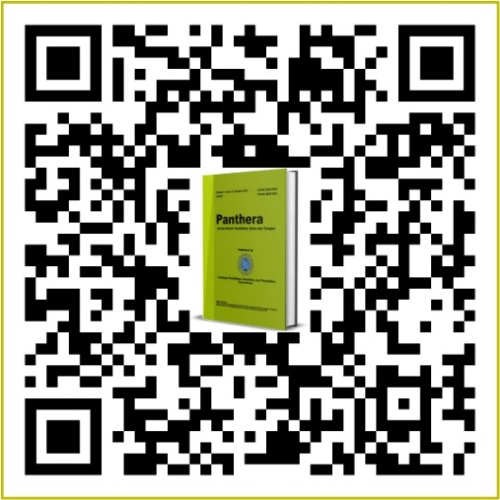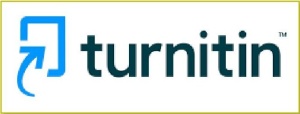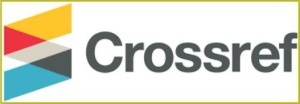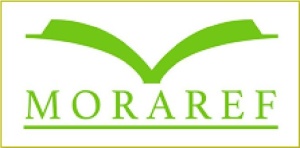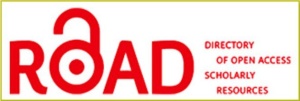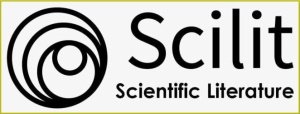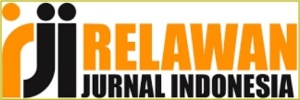Kurva Sigmoid Pertumbuhan Tanaman Jagung pada Beberapa Tingkat Penanaman
DOI:
https://doi.org/10.36312/panthera.v4i1.248Keywords:
Sigmoid Curve, Growth, Corn, Planting Rate.Abstract
Corn plant growth is influenced not only by internal factors (genetic factors), but also by external factors. Climatic factors play a role in determining the growth and development of corn plants, including: water conditions, air temperature, air humidity, and CO2. In general, it can be said that the rate of plant growth increases with increasing temperature until the optimum temperature is reached. Corn has the same growth pattern, but the time interval between growth stages and the number of leaves that develop are different. Corn growth can be grouped into three stages, including: 1) germination phase; 2) vegetative growth phase; and 3) reproductive phase. This research aims to find out: 1) how much influence climate factors have on the growth and development of corn plants; and 2) corn plant growth patterns. This type of research was experimental with a Completely Randomized Design (CRD), with a single treatment factor, namely planting level C1 = 3 WAP, C2 = 4 WAP, C3 = 5 WAP, C4 = 6 WAP, and C5 = 7 WAP, which was repeated as many times as three repetitions. The data obtained was analyzed using Analysis of Variance and if there was a significant difference, it was continued with Duncan's Multiple Range Test at a confidence level of 95%. The conclusions obtained are: 1) good plant growth supported by appropriate genetic and climatic factors will increase biomass weight, 2) the plant growth rate shows exponential growth, and 3) at the beginning of growth assimilate is mostly used for vegetative growth, but entering The assimilate generative vase will experience a transition to a stronger sink part, namely flower formation.
Downloads
References
Aisyah, N., & Fatahullah. (2021). Analisis Produksi dan Pendapatan Petani Jagung Ditinjau dari Aspek Kepemilikan Lahan di Desa Rada Kecamatan Bolo Kabupaten Bima. Jurnal PENA : Penelitian dan Penalaran, 8(2), 225-238. https://doi.org/10.26618/jp.v8i2.6694
Andana, D. S., Jannah, H., & Safnowandi. (2023). Pemanfaatan Bintil Akar Kacang Tanah (Arachis hypogaea) sebagai Pupuk Biologi untuk Pertumbuhan Bibit Cabai Rawit (Capsicum frutescens) dalam Upaya Penyusunan Petunjuk Praktikum Fisiologi Tumbuhan II. Biocaster : Jurnal Kajian Biologi, 3(1), 1-10. https://doi.org/10.36312/bjkb.v3i1.145
Bobihu, M., Rauf, A., & Boekoesoe, Y. (2022). Analisis Saluran Pemasaran dan Pendapatan Usaha Tani Jagung di Kecamatan Tomilito Kabupaten Gorontalo Utara. Agrinesia : Jurnal Ilmiah Agribisnis, 6(3), 215-221. https://doi.org/10.37046/agr.v6i3.16141
Khairiyah., Khadijah, S., Iqbal, M., Erwan, S., Norlian., & Mahdiannoor. (2017). Pertumbuhan dan Hasil Tiga Varietas Jagung Manis (Zea mays saccharata Sturt) terhadap Berbagai Dosis Pupuk Organik Hayati pada Lahan Rawa Lebak. Ziraa’ah : Majalah Ilmiah Pertanian, 42(3), 230-240. http://dx.doi.org/10.31602/zmip.v42i3.895
Matheus, R., Basri, M., Rompon, M. S., & Neonufa, N. (2017). Strategi Pengelolaan Pertanian Lahan Kering dalam Meningkatkan Ketahanan Pangan di Nusa Tenggrara Timur. Jurnal Partner, 22(2), 529-541. http://dx.doi.org/10.35726/jp.v22i2.246
Muliandini, Y., & Rahmayanti, R. (2022). Pengaruh Pemberian Dosis Pupuk Bio-Slurry Cair terhadap Pertumbuhan Tanaman Cabai Rawit (Capsicum frutescens L.). Panthera : Jurnal Ilmiah Pendidikan Sains dan Terapan, 2(1), 34-42. https://doi.org/10.36312/pjipst.v2i1.57
Munir, A. (2018). Pengaruh Umur Tanaman terhadap Dimensi Pohon Sengon (Paraserianthes falcataria L.) pada Ketinggian Tempat Tumbuh yang Berbeda. Wanamukti : Jurnal Penelitian Kehutanan, 21(1), 67-82. http://dx.doi.org/10.35138/wanamukti.v21i1.155
Nawariah, S., Fajri, S. R., & Royani, I. (2022). Efektivitas Pemanfaatan Kulit Bawang Merah dan Air Cucian Beras sebagai Zat Pengatur Tumbuh bagi Tanaman Tomat (Solanum lycopersicum Mill.) dalam Upaya Penyusunan Buku Petunjuk Praktikum Fisiologi Tumbuhan. Educatoria : Jurnal Ilmiah Ilmu Pendidikan, 2(3), 156-167. https://doi.org/10.36312/ejiip.v2i3.100
Nurwahidah, S. (2014). Analisis Komparatif Usaha Tani Jagung Lahan Sawah dan Lahan Kering di Kabupaten Sumbawa. Agritech : Jurnal Ilmu-ilmu Pertanian, XVI(2), 118-128. https://doi.org/10.30595/agritech.v16i2.1025
Oktaviani, W., Khairani, L., & Indriani, N. P. (2020). Pengaruh Berbagai Varietas Jagung Manis (Zea mays saccharata Sturt) terhadap Tinggi Tanaman, Jumlah Daun dan Kandungan Lignin Tanaman Jagung. Jurnal Nutrisi Ternak Tropis dan Ilmu Pakan, 2(2), 60-70. https://doi.org/10.24198/jnttip.v2i2.27568
Safnowandi., Abidin, Z., Dewi, I. N., Efendi, I., & Utami, S. D. (2022). Pelatihan Pengolahan Jagung bagi Masyarakat Dusun Senyiur Kabupaten Lombok Timur. Nuras : Jurnal Pengabdian Kepada Masyarakat, 2(1), 15-22. https://doi.org/10.36312/njpm.v2i1.49
Sumardi., Chozin, M., & Hermansyah. (2019). Pertumbuhan dan Hasil Galur-galur F4 Padi Rawa pada Rawa Lebak. Jurnal Ilmu-ilmu Pertanian Indonesia, 21(1), 49-54. https://doi.org/10.31186/jipi.21.1.49-54
Syofiani, R., Putri, S. D., & Karjunita, N. (2020). Karakteristik Sifat Tanah sebagai Faktor Penentu Potensi Pertanian di Nagari Silokek Kawasan Geopark Nasional. Jurnal Agrium, 17(1), 1-6. https://doi.org/10.29103/agrium.v17i1.2349
Toharah, N. I., Jekti, D. S. D., & Zulkifli, L. (2015). Pengaruh Penambahan Zat Pengatur Tumbuh BAP (Benzyl Amino Purine) dan 2,4-D (2,4-Dichlorophenoxyacetic Acid) terhadap Pembentukan Planlet Melon (Cucumis melo) Varietas MAI119. Bioscientist : Jurnal Ilmiah Biologi, 3(1), 1-5. https://doi.org/10.33394/bioscientist.v3i1.1334
Uthbah, Z., Sudiana, E., & Yani, E. (2017). Analisis Biomasa dan Cadangan Karbon pada Berbagai Umur Tegakan Damar (Agathis dammara (Lamb.) Rich.) di KPH Banyumas Timur. Scripta Biologica, 4(2), 119-124. https://doi.org/10.20884/1.SB.2017.4.2.404
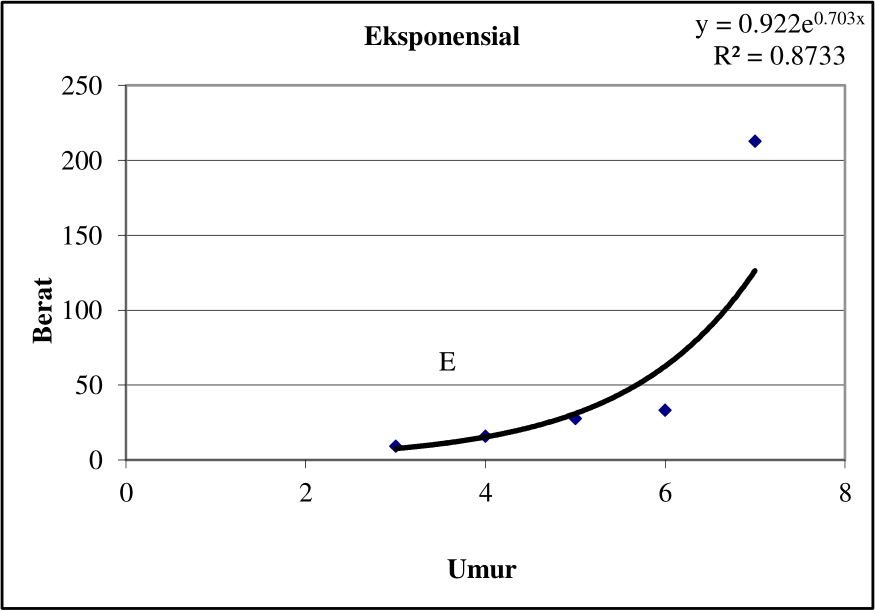
Downloads
Published
How to Cite
Issue
Section
License
Copyright (c) 2024 Lia Yuliana

This work is licensed under a Creative Commons Attribution-ShareAlike 4.0 International License.
-
Attribution — You must give appropriate credit, provide a link to the license, and indicate if changes were made. You may do so in any reasonable manner, but not in any way that suggests the licensor endorses you or your use.
-
ShareAlike — If you remix, transform, or build upon the material, you must distribute your contributions under the same license as the original.

